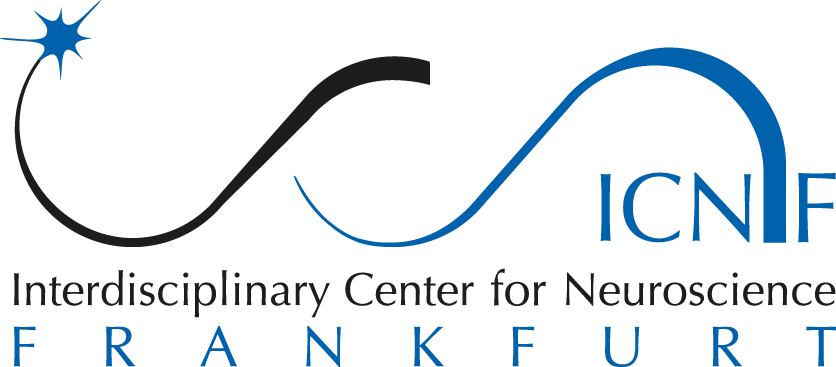
Prof. Virginie Lecaudey
Institute for Cell Biology and Neuroscience
Department of Developmental Biology of Vertebrates
Max-von-Laue-Straße 13
D-60438 Frankfurt am Main
Tel +49 (0)69 798 42102
E-Mail: Lecaudey@bio.uni-frankfurt.de
Scientific Focus
During development of an organism, cells must coordinate their behavior with that of their neighbors to assemble functional organs. We are interested in understanding the cellular and molecular mechanisms by which cells altogether acquire a given identity, change their shape, migrate and proliferate in an orchestrated manner to assemble into tissue and organs. For this purpose, we use as a model the zebrafish lateral line, a sensory system specific to aquatic vertebrates. The lateral line is an ensemble of mechanosensory organs allowing fishes to sense water movements and changes in water pressure, and thus to get information on their environment. The mechanosensory organs, or neuromasts, are initially assembled in the migrating group of above 100 cells that also proliferate, change their shape and differentiate as they migrate. We are currently particularly focusing on the mechanisms (i) controlling cell shape changes and (ii) limiting the size of organs.
Methods
– Live imaging in whole embryos using point scanning and spinning disc confocal microscopy
– Tol2-mediated transgenesis
– TALEN and cas9/CRISPR-mediated genome editing (knock-out, knock-in)
– Molecular biology including multisite gateway cloning
– In situ hybridization and immunofluorescence
– Zebrafish injection and transplantation
Selected Publications
Selected publications
1) Kleinhans, D.S., Lecaudey, V., (2019). Standardized mounting method of (zebrafish) embryos using a 3D-printed stamp for high-content, semi-automated confocal imaging. BMC Biotechnol. 19, 68. doi:10.1186/s12896-019-0558-y
2) Norden, C., Lecaudey, V., (2019). Collective cell migration: general themes and new paradigms. Curr Opin Genet Dev 57, 54–60. doi:10.1016/j.gde.2019.06.013
3) Dingare, C., Niedzwetzki, A., Klemmt, P.A., Godbersen, S., Fuentes, R., Mullins, M.C., Lecaudey, V., (2018). The Hippo pathway effector Taz is required for cell morphogenesis and fertilization in zebrafish. Development 145. doi:10.1242/dev.167023
4) Nakajima, H., Yamamoto, K., Agarwala, S., Terai, K., Fukui, H., Fukuhara, S., Ando, K., Miyazaki, T., Yokota, Y., Schmelzer, E., Belting, H.-G., Affolter, M., Lecaudey, V., Mochizuki, N., (2017). Flow-Dependent Endothelial YAP Regulation Contributes to Vessel Maintenance. Dev Cell. 2017 Mar 27;40(6):523-536.e6. doi: 10.1016/j.devcel.2017.02.019.
5) Agarwala, S., Duquesne, S., Liu, K., Boehm, A., Grimm, L., Link, S., König, S., Eimer, S., Ronneberger, O., Lecaudey, V., (2015). Amotl2a interacts with the Hippo effector Yap1 and the Wnt/β-catenin effector Lef1 to control tissue size in zebrafish. Elife 4, e08201. doi:10.7554/eLife.08201
